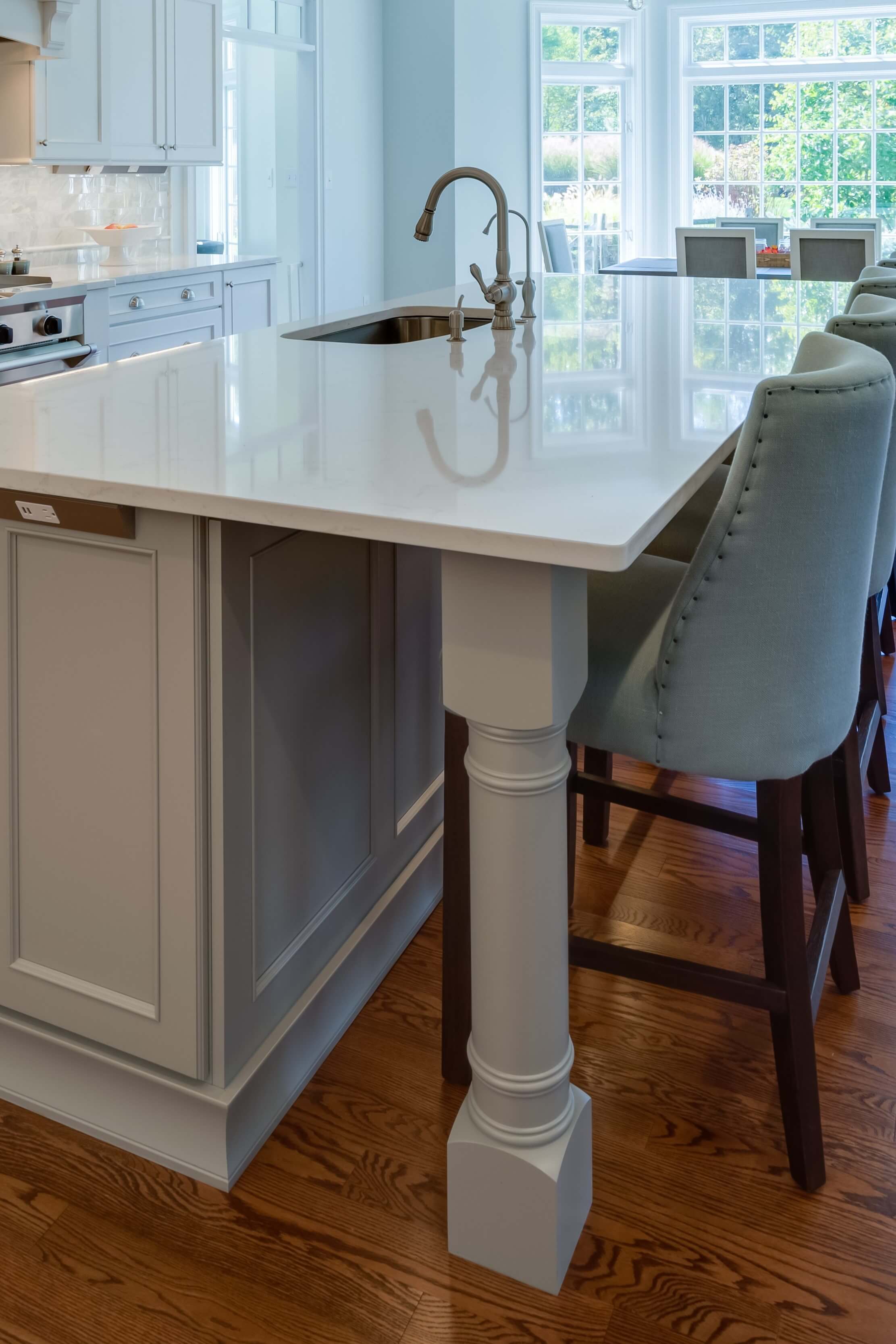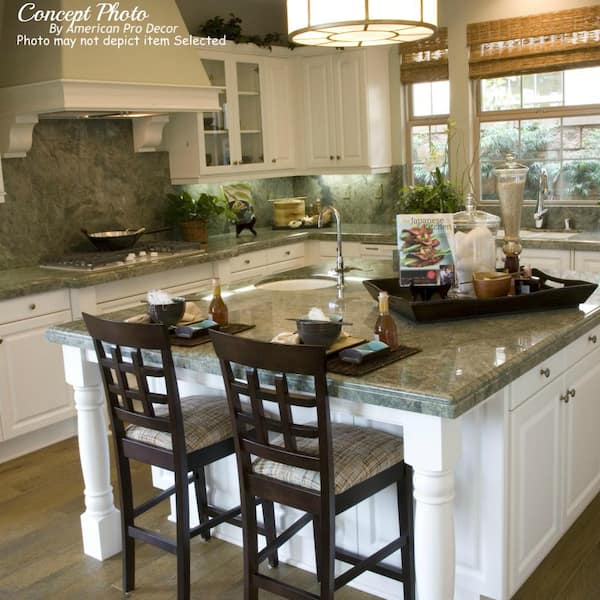Discover Affordable and Chic Solutions in Legs For Kitchen Island Updates
Discover Affordable and Chic Solutions in Legs For Kitchen Island Updates
Blog Article
Crucial Elements to Take Into Consideration When Selecting Legs For Kitchen Island
Picking the appropriate legs for a kitchen island includes a careful analysis of numerous elements that can considerably influence both performance and visual appeal. As we explore these aspects, it becomes clear that each decision can have far-reaching implications for the general cooking area experience.
Material Options
When picking legs for a kitchen island, recognizing the various product alternatives is important for achieving both visual charm and architectural honesty (Legs For Kitchen Island). The choice of material substantially affects not just the durability of the island yet also its general layout and functionality
Timber is a preferred option, supplying heat and flexibility. Strong hardwoods, such as oak or maple, offer stamina and can be stained or painted to match the kitchen area style. Metal legs, often made from stainless steel or wrought iron, add a industrial and modern feeling while making sure resilience and security. These materials are immune to put on and can support substantial weight, making them optimal for larger islands.
Another alternative is crafted materials, like MDF or plywood, which can be much more affordable while still providing a range of coatings. Nonetheless, they might not offer the same degree of security as solid wood or steel. Materials such as acrylic or glass can develop a modern look, though they might need added assistance to guarantee security.
Eventually, the selection of product for kitchen island legs need to line up with the desired capability and the general theme of the kitchen area.
Design And Style

When taking into consideration design, the form and coating of the legs are critical. Tapered legs can provide a sense of lightness and elegance, while thicker, more robust legs can convey toughness and security. In addition, the coating-- be it repainted, discolored, or natural-- ought to match the cabinetry and countertop materials to develop a unified appearance.
Additionally, the style of the legs can likewise reflect personal preference. Personalized or attractive legs, such as those featuring elaborate carvings or one-of-a-kind geometric forms, can act as centerpieces, adding personality and character to the kitchen area. Ultimately, the appropriate selection will certainly not only enhance capability however also boost the visual appeal, making the kitchen island a standout attribute of the home.
Height Considerations
Selecting the ideal height for cooking area island legs is essential, as it straight impacts both performance and convenience. The basic elevation for a kitchen island usually varies from 36 to 42 inches, aligning with typical kitchen counter heights.

It is also important to make up customers' heights and choices. Tailoring the elevation can guarantee a comfy experience for all member of the browse around this web-site family, making the kitchen area island a more functional and delightful area.
Weight Assistance
Making sure adequate weight assistance for kitchen island legs is essential for both safety and capability. The kitchen area island usually serves numerous functions, consisting of food preparation, eating, and additional storage, demanding a robust assistance structure. When choosing legs, it is critical to think about the total weight look at this site capacity needed based upon the island's intended usage and the products that will be positioned on it.
The selection of material for the legs plays a considerable duty in their weight-bearing capabilities. Solid timber, steel, and heavy-duty composites usually provide remarkable toughness compared to lighter materials. Furthermore, the layout of the legs-- whether they are right, tapered, or have a pedestal form-- can influence their capability to distribute weight properly across the framework.
Moreover, the leg placement ought to be purposefully intended to enhance stability. Legs positioned at the corners or with a larger base can much better sustain larger lots. Constantly speak with the producer's specs pertaining to lots restrictions to ensure that the legs can sustain the intended weight without compromising safety. In summary, choosing kitchen area island legs with sufficient weight support is vital for producing a practical and risk-free culinary area.
Installment and Maintenance
Correct installation and maintenance of kitchen area island legs are vital for guaranteeing longevity and security. To start, it is necessary to follow the supplier's standards during installment. This commonly includes securing the legs to the space station using appropriate bolts, guaranteeing that the legs are degree and lined up. Utilizing a degree tool can aid avoid tottering and improve the overall aesthetic appeal of the kitchen area island.
As soon as installed, routine upkeep is required to maintain the integrity and appearance of the legs - Legs For Kitchen Island. For wood legs, periodic cleaning with a wet cloth and application of appropriate timber gloss can avoid dampness damages and maintain their surface. Steel legs may need a mild cleansing service to eliminate oil and grime, complied with by a completely dry towel to stop rust development
Additionally, examine the legs on a regular basis for indicators of wear or damages, such as splits or loosened joints. Tightening up screws or screws as required can also prolong the lifespan of the legs. By adhering to these installation and maintenance practices, property owners can guarantee that their kitchen area island stays durable and visually appealing for years to come.
Conclusion

Aesthetic coherence is vital in picking the design and design of legs for a kitchen island, as content these elements considerably affect the total setting of the room. Tapered legs can provide a sense of lightness and beauty, while thicker, a lot more durable legs can share toughness and security.Selecting the proper elevation for kitchen area island legs is critical, as it directly influences both capability and comfort. In recap, picking kitchen island legs with adequate weight assistance is important for producing a risk-free and practical culinary space.
In conclusion, selecting legs for a kitchen island necessitates mindful factor to consider of numerous variables, consisting of material options, style, elevation, weight assistance, and setup.
Report this page